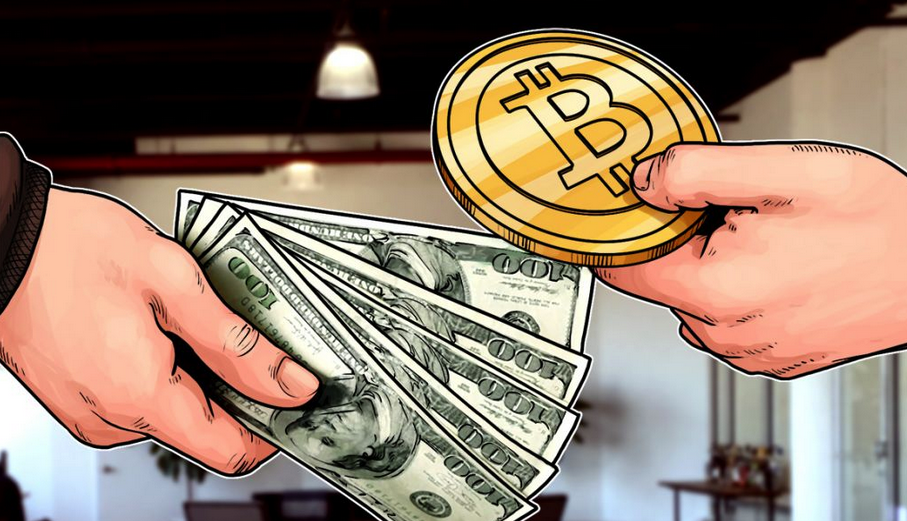Our Locations
Ahmedabad, Gujarat
What a new user needs to know: In terms of being a payment system, cryptocurrency is roughly the equivalent of using PayPal or a Debit Card, except the numbers on the screen represent decentralized digital currency instead of dollars. https://igolftuscany.com/names-and-types-of-golf-clubs/ In terms of investment, cryptocurrency is more like trading stocks, as their values tend to fluctuate against the dollar often. All a new user needs to do is set up a Coinbase account or download Robinhood or Cash App to get started (although other platforms exist). With Coinbase and Robinhood, users can buy, sell, send, receive, and store coins like Bitcoin and Ether (Coinbase provides an all-in-one wallet, broker, and exchange service, making them a one-stop shop for new users, plus they have a big selection of coins). With Cash App, users can buy, sell, send, receive, and store only Bitcoin (but there are fewer bells and whistles to figure out than with other platforms).
At the heart of cryptocurrency is blockchain technology. A blockchain is a distributed ledger that records all transactions across a network of computers. Each transaction is grouped into a ‘block’ and linked to the previous block, forming a ‘chain’. This structure ensures the integrity and chronological order of transactions.
Stablecoins are cryptocurrencies designed to minimise volatility by pegging their value to a stable asset, such as a fiat currency (e.g., USD) or a commodity (e.g., gold). Examples include Tether (USDT) and USD Coin (USDC), which aim to combine the benefits of cryptocurrencies with the stability of traditional assets.
The first cryptocurrency introduced was Bitcoin, the most commonly traded one. Ethereum is the second most valuable cryptocurrency and can be used for complex transactions. Other more common cryptocurrencies, called altcoins, include Cardano, Solana, Dogecoin, and XRP.
Cryptocurrency, or crypto, is a digital payment platform that eliminates the need to carry physical money. It exists only in digital form, and although people mainly use it for online transactions, you can make some physical purchases. Unlike traditional money printed only by the government, several companies sell cryptocurrency.
China’s GDP will overtake that of the US in nominal terms in just a few years. But China is struggling to reconcile its ambition to internationalize its currency with its desire to maintain very tight capital controls.
Some central banks also see risks around “fragmentation of the payment landscape into CBDCs, stablecoins and private crypto assets”, as the Forum’s Central Bank Digital Currency Global Interoperability Principles points out.
At the end of June 2022, the Council presidency and the European Parliament reached a provisional agreement on the markets in crypto assets (MiCA) proposal which covers issuers of unbacked crypto assets, and stablecoins, as well as the trading venues and wallets where crypto assets are held. This regulatory framework is intended to protect investors and preserve financial stability while allowing innovation and fostering the attractiveness of the crypto asset sector. The purpose of MiCA is to provide more clarity across the European Union, as some member states already have varying national legislation for crypto assets, but there had been no specific regulatory framework at an EU level.

China’s GDP will overtake that of the US in nominal terms in just a few years. But China is struggling to reconcile its ambition to internationalize its currency with its desire to maintain very tight capital controls.
Some central banks also see risks around “fragmentation of the payment landscape into CBDCs, stablecoins and private crypto assets”, as the Forum’s Central Bank Digital Currency Global Interoperability Principles points out.
At present, miners are heavily reliant on renewable energy sources, with estimates suggesting that Bitcoin’s use of renewable energy may span anywhere from 40-75%. However, to this point, critics claim that increasing Bitcoin’s renewable energy usage will take away from solar sources powering other sectors and industries like hospitals, factories or homes. The Bitcoin mining community also attests that the expansion of mining can help lead to the construction of new solar and wind farms in the future.
The cryptoasset sector is still in a period of relative infancy, with bitcoin, the cryptocurrency that helped to popularise the asset class, only launching in 2009. The industry has expanded in recent years, with new cryptocurrencies being launched regularly and decentralised finance (DeFi) continuing to branch out significantly. Although most often used to describe cryptocurrencies, the term “cryptoasset” can also be used to refer to non-fungible tokens (NFTs) , utility tokens, stablecoins and more.
Cryptoassets are digital assets stored on a blockchain. Cryptoasset transactions are encrypted using cryptography and serve as a potential alternative to government-backed fiat currencies. Traditionally, cryptoassets are considered to be decentralised, meaning they are controlled by a network of users, rather than a single point of authority.

At present, miners are heavily reliant on renewable energy sources, with estimates suggesting that Bitcoin’s use of renewable energy may span anywhere from 40-75%. However, to this point, critics claim that increasing Bitcoin’s renewable energy usage will take away from solar sources powering other sectors and industries like hospitals, factories or homes. The Bitcoin mining community also attests that the expansion of mining can help lead to the construction of new solar and wind farms in the future.
The cryptoasset sector is still in a period of relative infancy, with bitcoin, the cryptocurrency that helped to popularise the asset class, only launching in 2009. The industry has expanded in recent years, with new cryptocurrencies being launched regularly and decentralised finance (DeFi) continuing to branch out significantly. Although most often used to describe cryptocurrencies, the term “cryptoasset” can also be used to refer to non-fungible tokens (NFTs) , utility tokens, stablecoins and more.
Cryptoassets are digital assets stored on a blockchain. Cryptoasset transactions are encrypted using cryptography and serve as a potential alternative to government-backed fiat currencies. Traditionally, cryptoassets are considered to be decentralised, meaning they are controlled by a network of users, rather than a single point of authority.